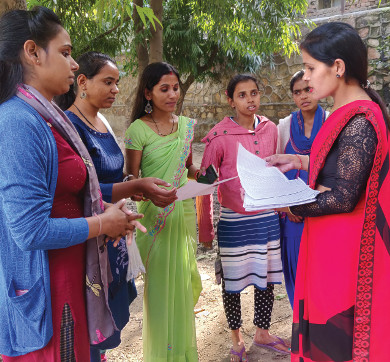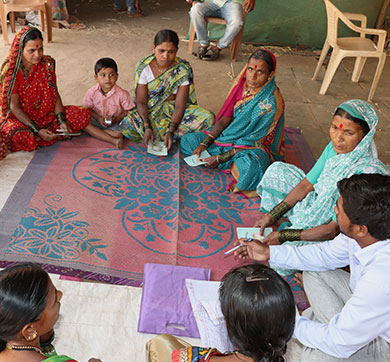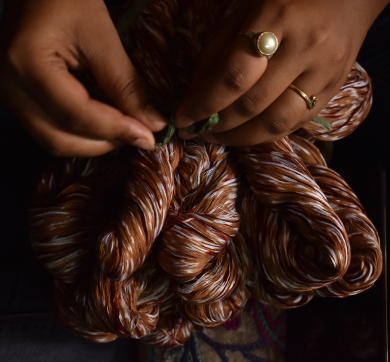September 2020 | 1193 words | 4-minute read
It’s never easy to find a job in these economically strapped times, especially if you’re a school dropout with minimal skills. That’s when you need someone like Jagdish Chippa.
Mr Chippa is a ‘skill mitra’ (or friend) and he seeks out unemployed youth. His operation zone is a set of villages in Rajasthan and his information sources include schoolteachers, panchayat (village council) members and local elders. His aim: to find men and women aged between 18 and 35, with dim job prospects and willing to learn a skill — and provide them a shot at job or livelihood opportunities.
In his 10 months in the Skill Mitra programme, Mr Chippa has placed about 70 youngsters in training. Many of them have set up their own small businesses and one of them is Sonesh Sharma of Fatehpura village, who learned motor winding and repairing and now runs a small shop where he mends fans and assembles coolers. Another is Ramesh Kumar, who fixes mobiles and sells accessories.
There are thousands of success stories like these in the skill mitra programme, a grassroots initiative by the Tata Trusts that reaches out to needy youngsters in backward areas. It involves counselling of these youngsters and their parents, appropriate training and skilling, and the pinpointing of livelihood opportunities.
Launched in 2016 in the Ajmer district of Rajasthan, the skill mitra programme has been extended in the years since to four more districts: Nuapada in Odisha, Sirohi in Rajasthan, Mahasamund in Chhattisgarh and Krishna in Andhra Pradesh. The project has thus far reached out to more than 64,000 young men and women. Most importantly, it has enabled some 12,500 of these youngsters to get proper jobs (with an average monthly salary of Rs. 10,000).
The Centre for Microfinance (CmF), an associate institution of the Trusts, is the implementing organisation for the skill mitra programme in Sirohi. In Ajmer, it is the Grameen Evam Samajik Vikas Sansthan, in Nuapada and neighbouring Mahasamund it is the People Awareness for Rural Development Agency, and in Krishna the Centre for Peoples Forestry.
Connected to convince
Individual skill mitras are the backbone of the programme and Pallabi Sahu, a 23-year-old from Nuapada, is one of them. Ms Sahu has connected with, and convinced, about 1,200 people to receive some form of skilling or training. Among them is Lakshmi Pande, 25, a homemaker turned owner of her very own tailoring establishment. “We send women for training to the textile hub of Tirupur in Tamil Nadu,” says Ms Sahu. “Some of them have got jobs there. Some, like Lakshmi, are coming home to set up small units.”
Skill mitra, which began life as an offshoot of the Trusts’ interventions in urban migration, was conceptualised to do precisely that. “We realised that youngsters, particularly school dropouts, were limited to daily-wage jobs,” says Nishant Maloo, programme officer with the Trusts. “Many of these were hazardous, but they had no options.”
The Trusts tried to find a way to address the root causes of the issue, which was the lack of employable skills in youth and inadequate livelihood opportunities. That led to the development of the skill mitra idea, which has been designed around the combination of outreach, counselling, skilling and employment.
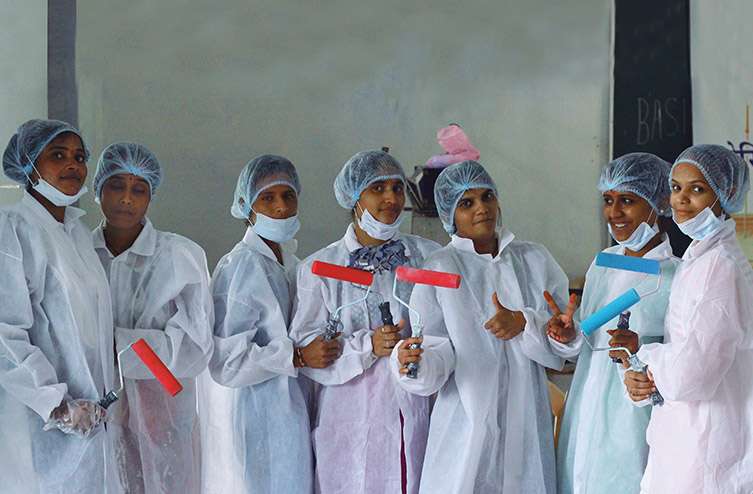
The districts in the project have been selected based on need. For instance, economically backward Sirohi is a tribal area and Nuapada sees 70% of its working-age population migrating because of poor job prospects locally. The skill mitra initiative tries to mitigate the problem with a saturation coverage approach. “We cover a chosen area thoroughly so that there are sustainable benefits,” says Mr Maloo.
The programme has a target of training 3,000 beneficiaries in a block (or sub-district) over a three-year period and there are 10-12 skill mitras in each block (a total of 110 in all) to do the heavy lifting.
The process, from selecting potential beneficiaries to getting them livelihood ready is straightforward. The mitras attend local fairs, village council meetings and the like to meet parents and community members. They identify the youngsters, talk to them about the need for skilling, and register them under the programme. That’s when the counsellors come into the picture.
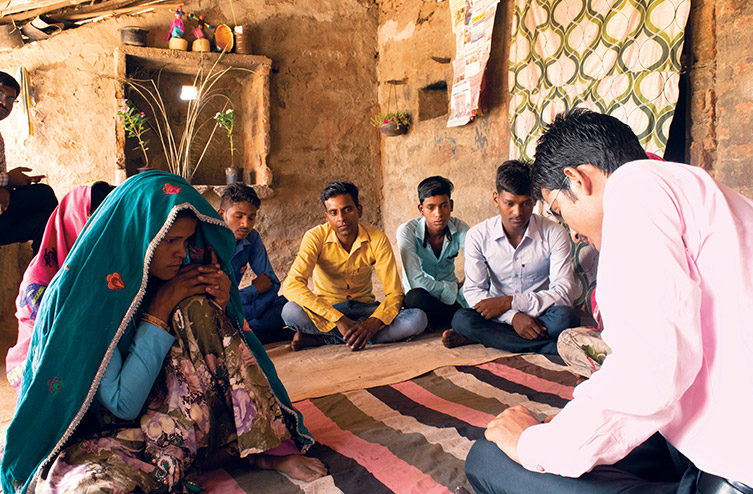
There is one counsellor for every block and their role is to hold face-to-face sessions with the participants. “I conduct personality tests, whether they have any technical aptitudes, whether they prefer to take up a job or start a small business,” says Amresh Kumar Sharma, a counsellor in Sirohi who meets 200-300 job-seeking youngsters a month. “We want to know how and where they see themselves in the future.”
Getting these fledglings into the employment saddle is, of course, the most challenging aspect of the programme. Jobs are scarce in rural India, a reality that Ravi Kant has to grapple with all the time. The programme manager heading the skill mitra initiative in Sirohi, Mr Kant has a lot on his plate. “We do surveys of the local job market, evaluate the trades that youngsters can take up, find local training partners, and we tap small businesses willing to take on trainees,” he says.
There are different sets of livelihood-generation opportunities that skill mitra has plugged into. There are the government-supported institutes that offer vocational training and most of them have a job-placement component. Add to these, the skilling facilities set up by private sector companies as part of their corporate social responsibility spread (such as sewing classes from Singer India, beautician courses from Ambuja Cement Foundation and painter courses offered by Asian Paints).
Local businesses — shops, hotels, medical clinics, etc. — are yet another source for jobs. The youngsters are placed as salespeople, assistants, waiters or housekeeping staff in these establishments, where they receive on-the-job training and are able to earn while they learn.
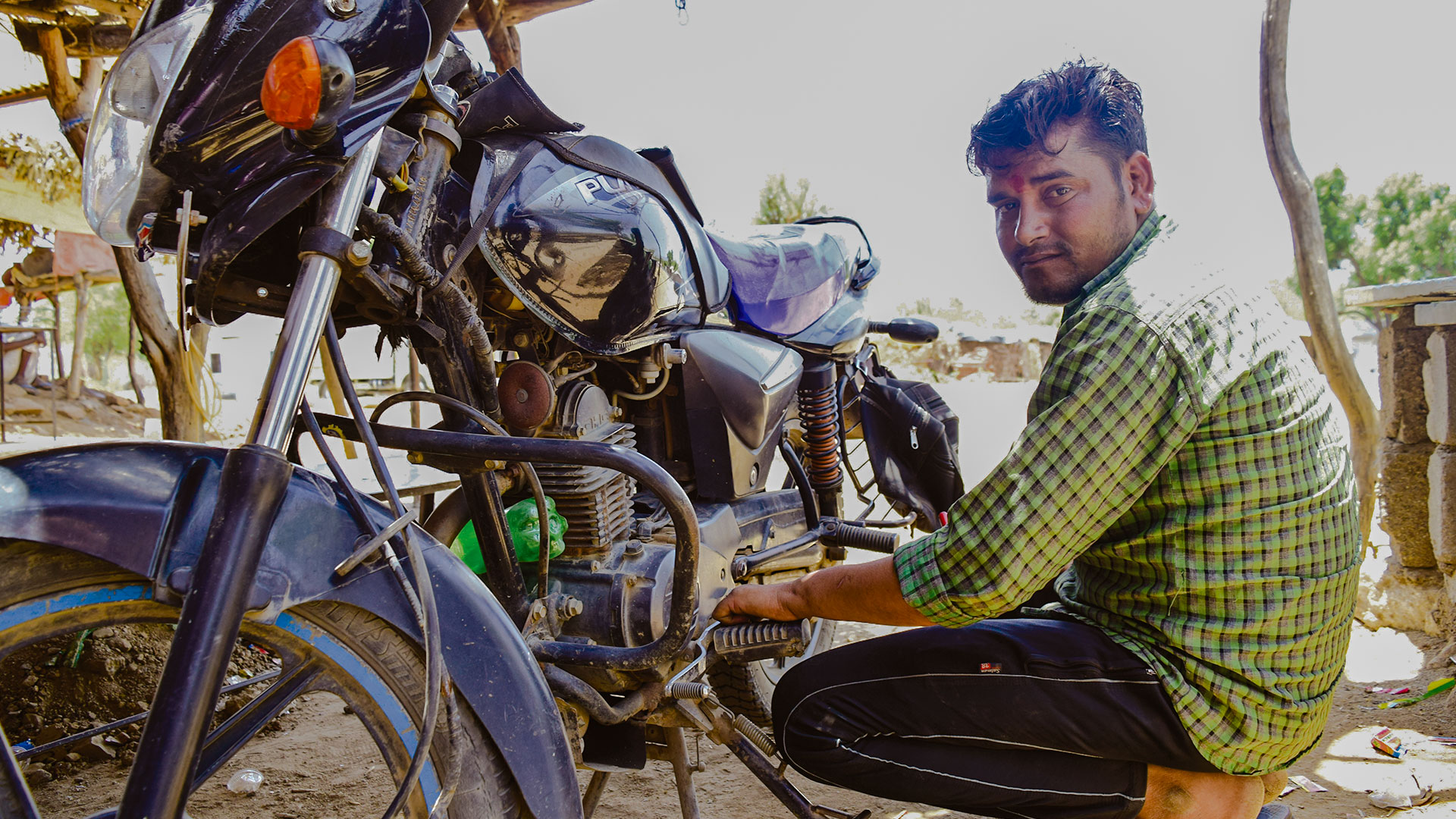
Mentors show the way
A third way for skill mitra is to have these youngsters attached to a micro business where he or she can be personally tutored by the owner in how to run a small enterprise. The owner-tutor is known as ‘udyog mitra’ (or business friend). The nature of these micro enterprises is diverse and they include beauty parlours, construction works, auto repair shops, grocery shops and dairy farms.
“There are in excess of 500 udyog mitras and they are businesspeople who stand to benefit from having a helping hand,” says Mr Kant. “We place youngsters who we think will fit well and we give a guarantee to the owner that departing trainees will not become local competitors.”
The skill mitra scheme has brought welcome relief for Dau Singh, a resident of Godaji village in Sirohi. Having learned painting in the Asian Paints skilling initiative, he undertakes painting jobs in his village. Mr Singh now makes Rs. 12,000-15,000 a month in profit, while also providing employment as udyog mitras to other locals.
The skill mitra programme has opened new horizons for thousands of youngsters like Mr Singh. By linking jobless youth to businesses in need of people, it has proven to be a bridge to social betterment.
—Gayatri Kamath
Source: Tata Trusts' Horizons, September 2019 issue










